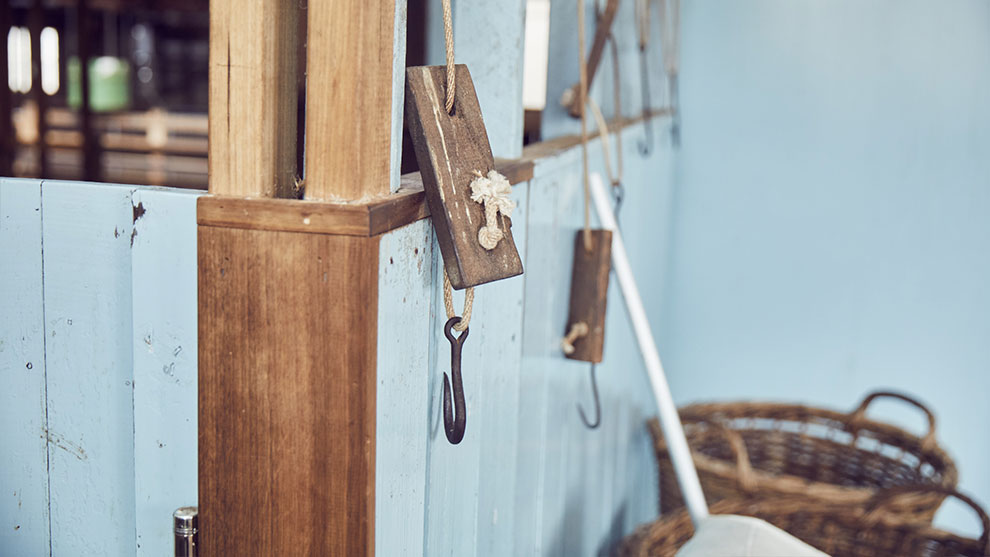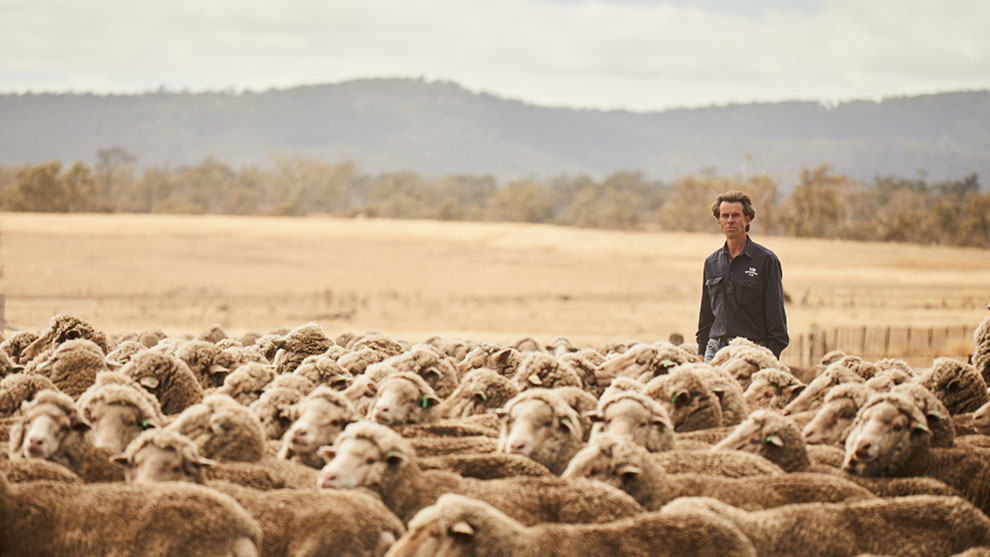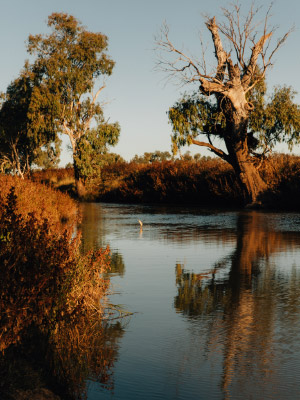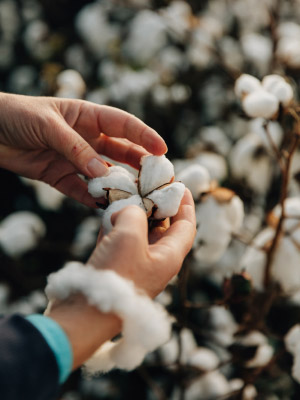Farming Royalty: Meet The Von Bibras
The Von Bibra family are well-known generational farmers who are wildly passionate about both wool and conservation. Their sprawling farm is situated in Ross, near Launceston in Tasmania. Approaching the sandstone manor is somewhat breathtaking. The huge house is first visible, grand in both appearance and size with many rooms and many windows. Next, your eyes fall on the walled garden that can barely contain the flourishing flora that lies within. Finally you take in the masses of Australian land that stretch on beyond.
Photography by Will Braden
Wool is in Julian von Bibra’s blood, he is the fourth generation of von Bibras to run sheep on Beaufront – a sprawling farm situated in Ross, near Launceston in Tasmania. He and his wife Annabel oversee the property that produces 180 tonnes of fine merino wool a year sourced from the over 25,000 sheep that run on their property. “It’s a pretty special place. The key to it is a lot of native bush where the sheep can run; that’s definitely unique.”
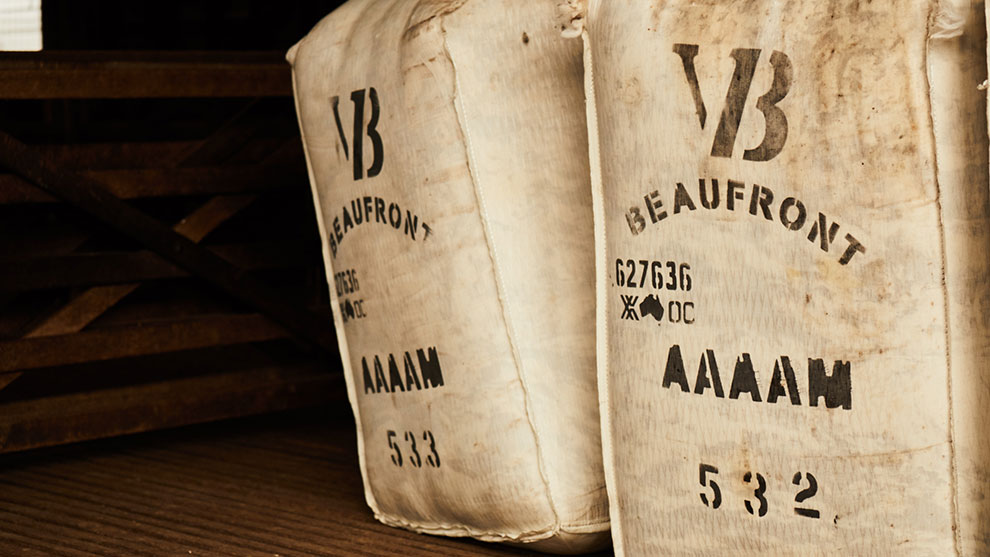
Recently the von Bibras, along with Tasmanian Merino and Texyarns, have been part of a combined effort to produce and market single origin Tasmanian wool to the world. “We had a couple of meetings to put forward our idea of single sourced, Tasmanian origin, wool,” said Alastair Calvert of Tasmania Merino.
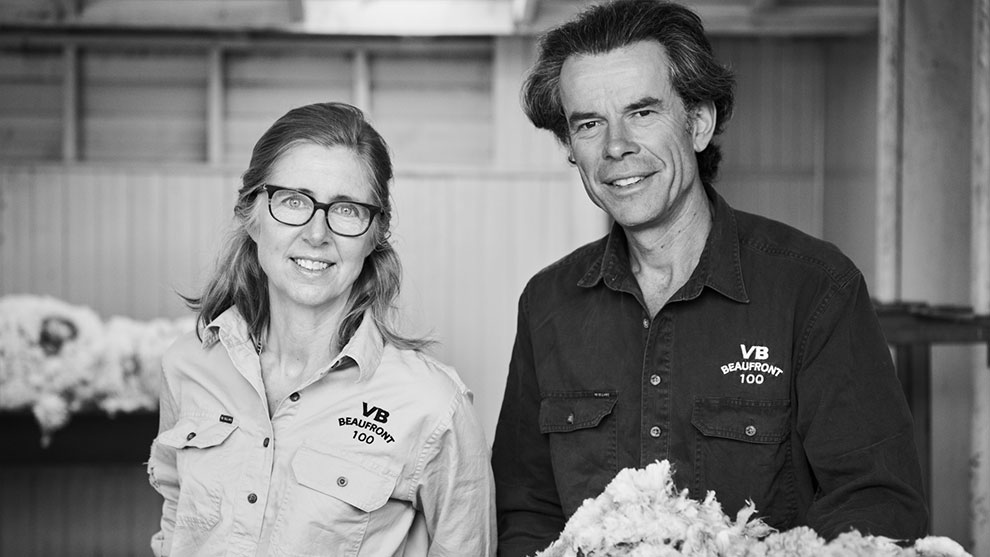
“It’s been an interesting journey over the past few years, we’ve learnt a lot. We had a great concept and a big idea, but it wasn’t necessarily something the market had seen before or were used to. Now we supply them with about 60 tonnes of top cut wool, which produces about a quarter of a million garments.”
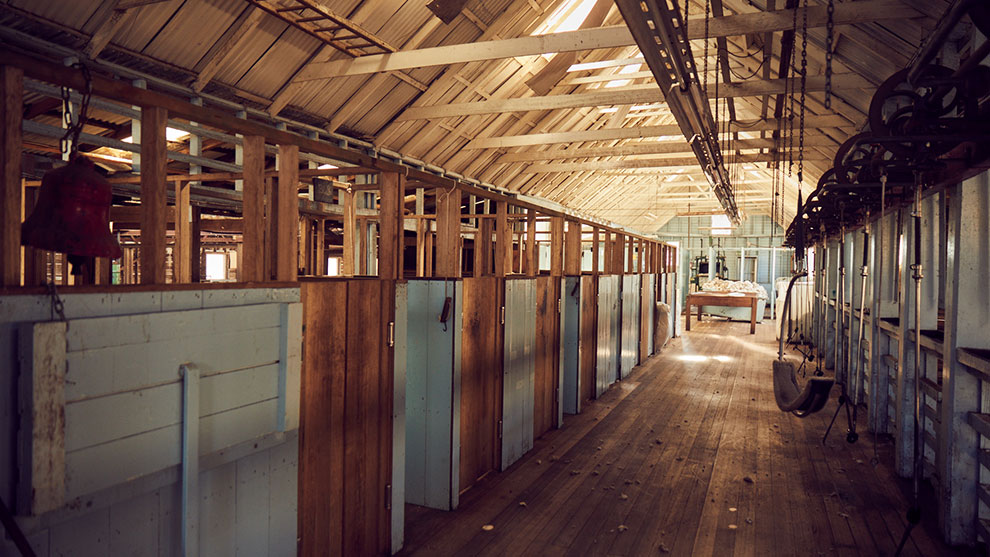
“For Annabel and I it was a way of getting closer to our customer,” says Julian. “Out here our main role is producing bales of wool and running sheep, we can sometimes forget the end use. This collaboration gave us the opportunity to get into the market. I mean it’s the holy grail of wool growers to maintain ownership of the wool and then see it realised all the way to the garment. It gives you a sense of direction and allows you to really focus on what you’re doing.
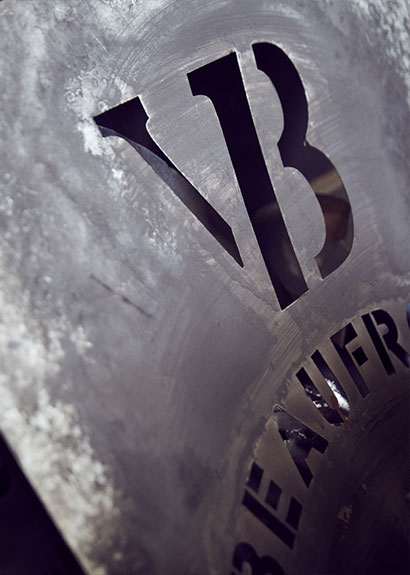
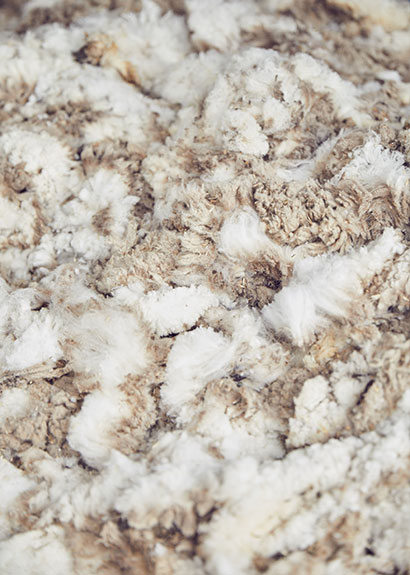
Harvest time takes place in May every year, where the farm becomes a hive of activity with nine or so professional shearers coming on board. “It’s the busiest and most exciting time of the year, it’s when we harvest the goods,” explains Julian. “We bring in a team of about nine professional shearers and a few more staff members, so there are about 20 extra people on the farm. There’s this energy you know, and you really concentrate on the animals."
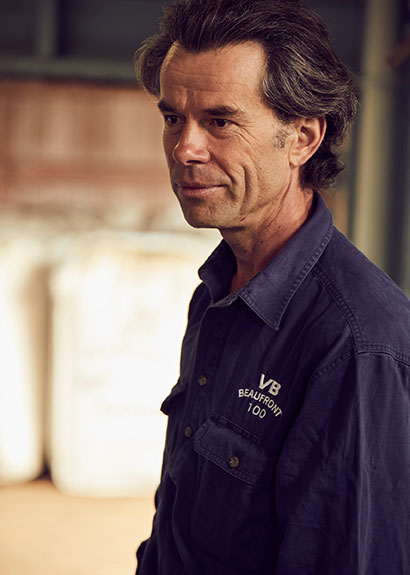
Once the wool leaves the farm, it is typically taken off-shore, where it is processed and eventually developed into garments. “Australia is the place for Merino; everyone in the world looks here," says Peter Betros of Texyarns, who handles the journey of Beaufront wool to the spinning mills and then onto the manufacturers. "The wool produced from this farm is considered super 120s wool, which is a very fine grade of wool, a real luxury fibre…. It’s used to produce the softest, finest garments.”
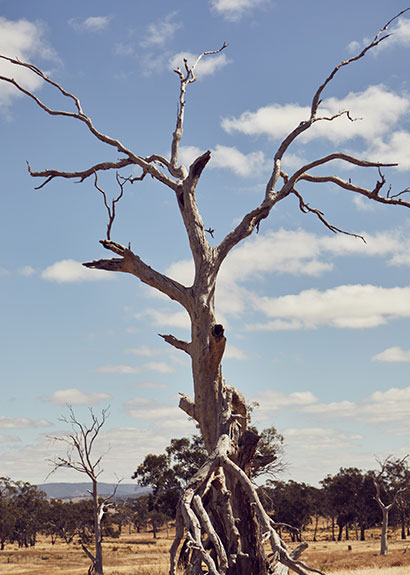
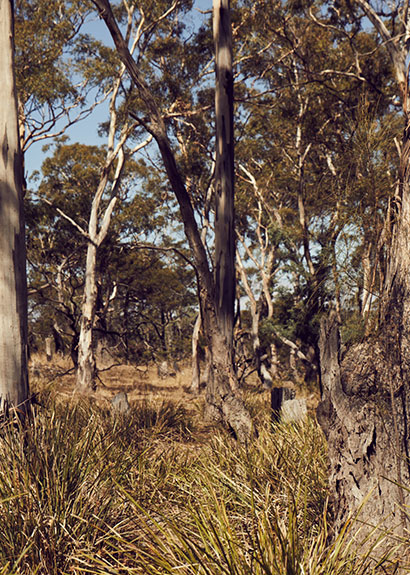
Beaufront is also well regarded for its conservation efforts; the von Bibras have locked pieces of land where they grow gumtrees and other seedlings. These efforts were started by Julian’s father, behaviour that was quite out of step with his more conservative generation. Thanks to this though, they are now successfully reforesting where other people are still deforesting.
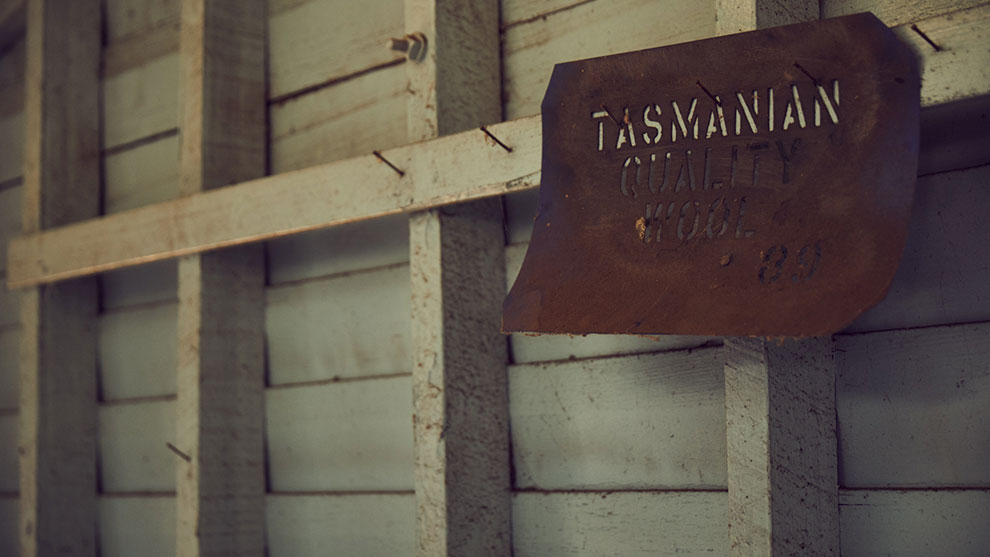
Wildlife on these areas is plenty; in our two-hour visit we saw an echidna, an emu and a mob of kangaroos. The farm also plays host to a unique orchid species not found anywhere else in the world. The sheep are allowed in the locked paddock during shearing season and lambing season, so that they can find shelter. Beyond that, the land is locked and rested. “We’re lucky to have that balance as we have the scale,” says Julian, “We pretty much let the animals roam through the native bush at all other times, while keeping an eye on their welfare ensuring they have enough water and enough feed. They have a pretty good life traipsing through the undeveloped bushland.”
